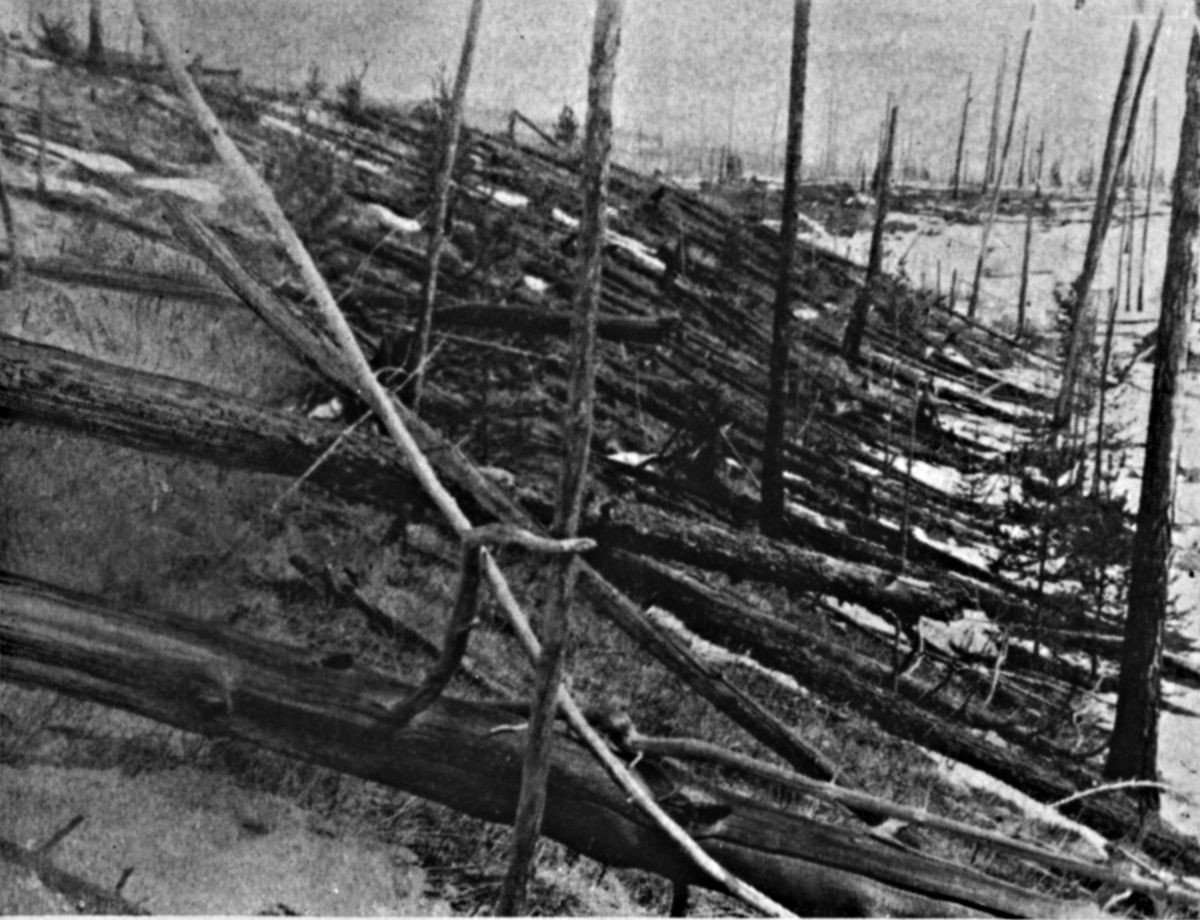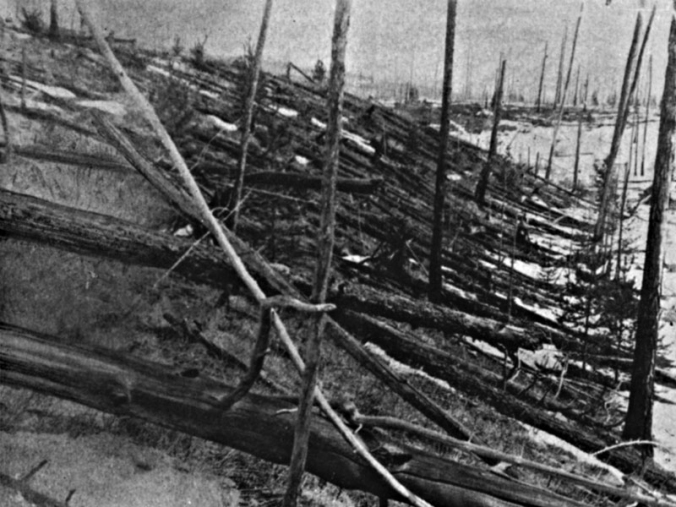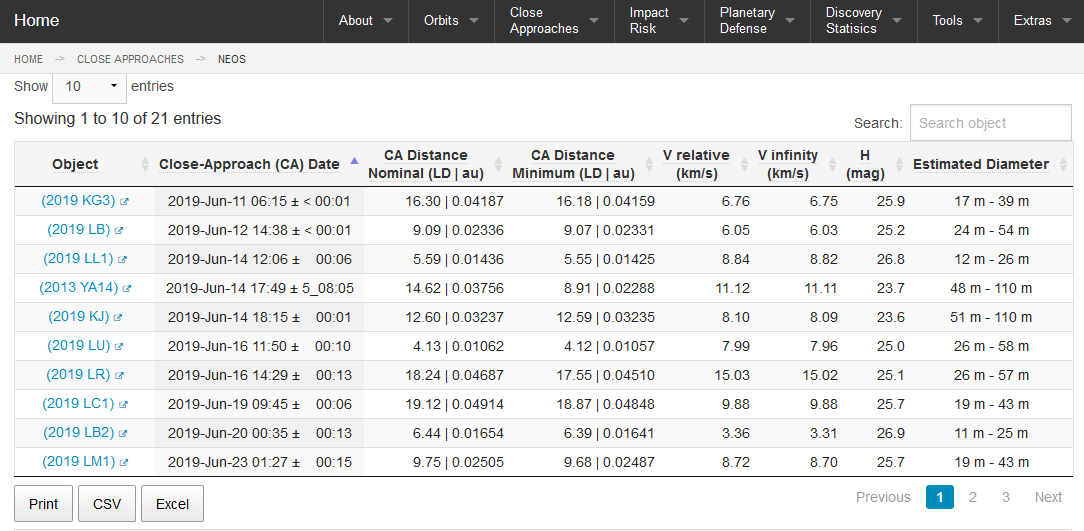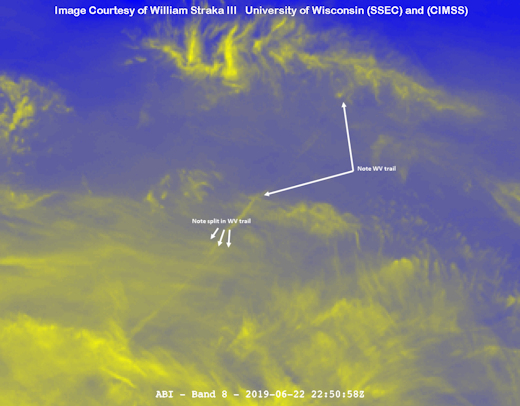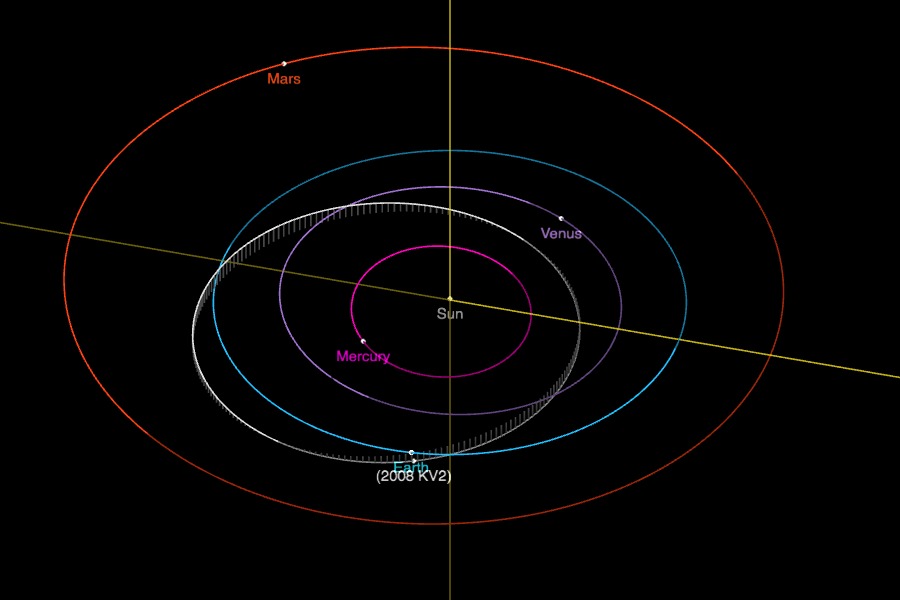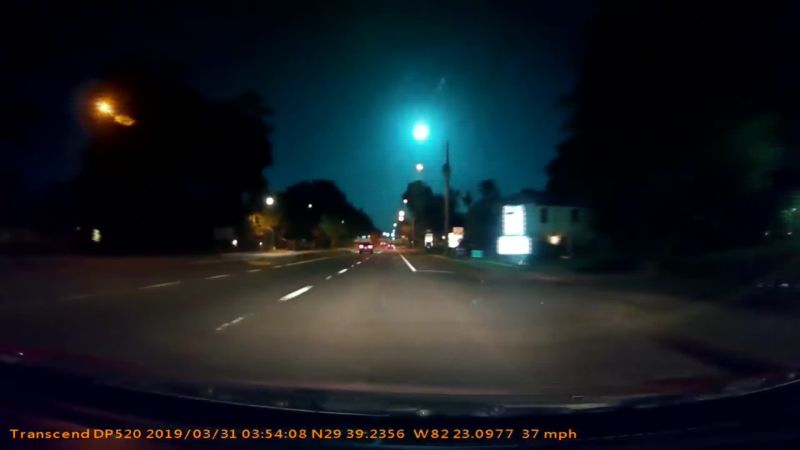
NASA chief warns meteors are a threat to the planet | CNN
NASA Administrator Jim Bridenstine this week warned that meteors are a threat to the planet.
NASA Administrator Jim Bridenstine this week warned that meteors are a threat to the planet.
"This is not about Hollywood. It's not about movies. This is about ultimately protecting the only planet we know right now to host life," he said Monday, speaking at the Planetary Defense Conference in Washington D.C.
Bridenstine talked about a February 2013 meteor that exploded over Russia. That meteor blast shook Russia's Urals region. More than 1,000 people were injured, including more than 200 children, according to news reports. Many people were hit by flying glass when windows shattered from the sonic boom that followed the meteor's explosion.
"It was brighter in the sky than the sun at that point when it entered Earth's atmosphere. And people could feel the heat from this object from 62 kilometers away," Bridenstine said.
"When it finally exploded 18 miles above the surface...it had...30 times the energy of the atomic bomb at Hiroshima," he said, adding it "damaged buildings in six cities."
More than 4,000 buildings, mostly apartment blocks, were damaged and 200,000 square meters (77,220 square miles) of glass were broken, the state-run RIA Novosti news agency reported then, citing the Chelyabinsk regional emergencies ministry.
"I wish I could tell you these events are exceptionally unique, but they are not," Bridenstine said.
He said NASA's modeling shows similar events will happen once every 60 years.
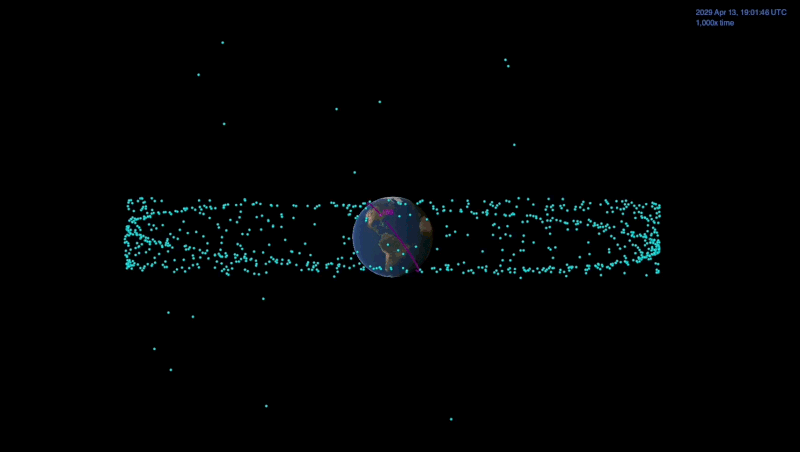
| EarthSky
Astronomers are meeting today at the Planetary Defense Conference to discuss plans to observe asteroid 99942 Apophis, a relatively large asteroid that'll sweep past Earth safely - but rather closely - in 2029.
Snip / 8-10 minute read:
Asteroid Apophis – unfortunately named for an ancient Egyptian “lord of chaos” – has been known since 2004. It is a near-Earth object (NEO); that is, its orbit – which is less than one earthly year long – brings it near Earth periodically. This asteroid caused a brief period of concern shortly after its discovery in 2004. When relatively few observations of its orbit were in hand – and thus its orbit wasn’t known with much certainty – there was, for a time, a probability of up to 2.7% that it would hit Earth on April 13, 2029. That possibility became lower and lower as astronomers used both optical and radar telescopes to track Apophis over subsequent years, and got a better understanding of its orbit. A strike in 2029 was entirely ruled out during a 2013 pass of the asteroid. Still, in 2004, during its time of infamy as an asteroid that might strike Earth, Apophis set the record for the highest rating on the Torino scale, reaching level 4 on by the end of that year.


